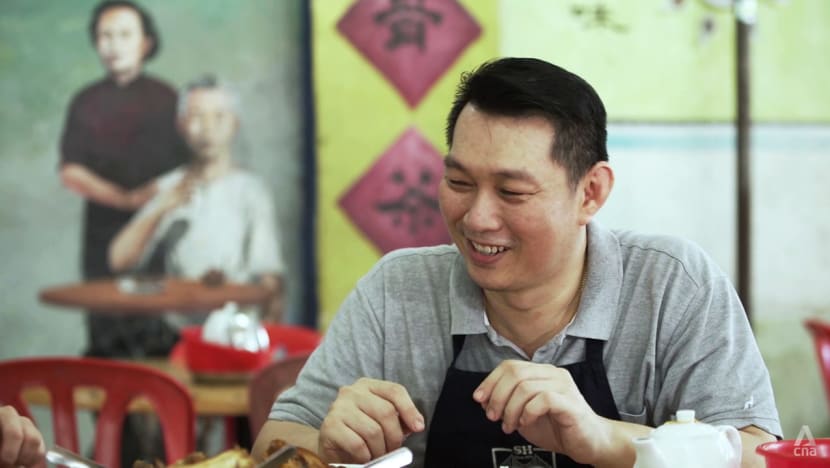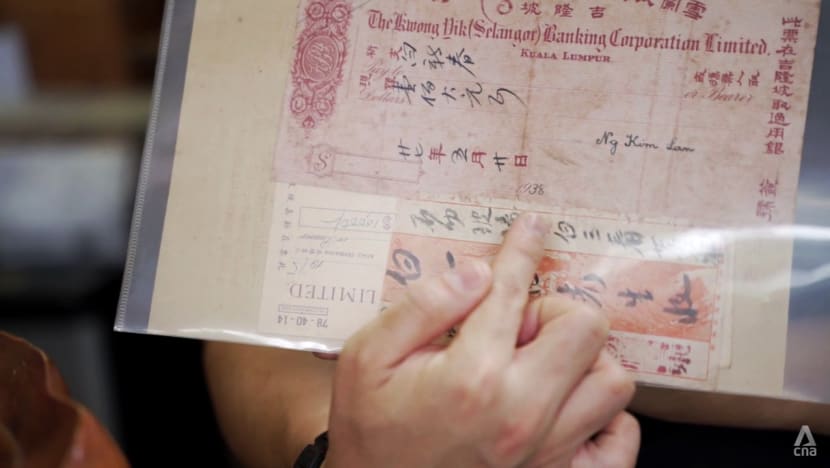- Joined
- Oct 30, 2014
- Messages
- 36,768
- Points
- 113
In Malaysia, Hokkien-style bak kut teh, which contains herbs and dark soya sauce, is more commonly eaten in places like Klang, Selangor, where many coolies from China once worked.
These labourers liked the soupy dish as it was a taste of home, and they added herbs to help ward off rheumatism, said travel blogger Ng Sock Peng
She steered On The Red Dot towards a Klang restaurant called Seng Huat Bak Kut Teh, whose owner John Lee Chuan Teck suggested that the “teh” in the dish’s name originated from his grandfather, Lee Boon Teh.
“When my grandfather first started selling this pork rib soup (in 1938), it wasn’t called bak kut teh,” said John Lee. But as time went by, people would say they were heading to pork rib Teh’s to eat, hence the dish’s name, he claimed.

It seemed like compelling evidence to support Malaysia’s claims to the dish, but food blogger Tony Boey threw Tan a bone and led him to Pek Sin Choon, a tea merchant in Singapore’s Chinatown.
Fourth-generation boss Kenry Peh Ching Her said the business has been supplying tea to coolies and bak kut teh stalls since 1925.
Some of its documents that bore evidence of this were destroyed in the Second World War, but Peh presented a receipt from 1938 and told Tan about a stall in Maxwell Food Centre that he still supplies.

The stall, Nankin Street Bak Kut Teh, sells the Hokkien version of the dish and can trace its beginnings to the 1920s.
Its current owner, Teo Han Poh, was a disciple of the late street hawker Lee Ong Say, whose recipe she still follows. “I just followed the way my boss sold it, I didn’t change it,” she said.
This, to Tan, was enough to determine “conclusively” that bak kut teh is Singaporean. But whether in Malaysia or Singapore, the dish has similar origins: migrants from southern China.
https://www.channelnewsasia.com/cna...li-crab-bak-kut-teh-nasi-lemak-cendol-3436971
